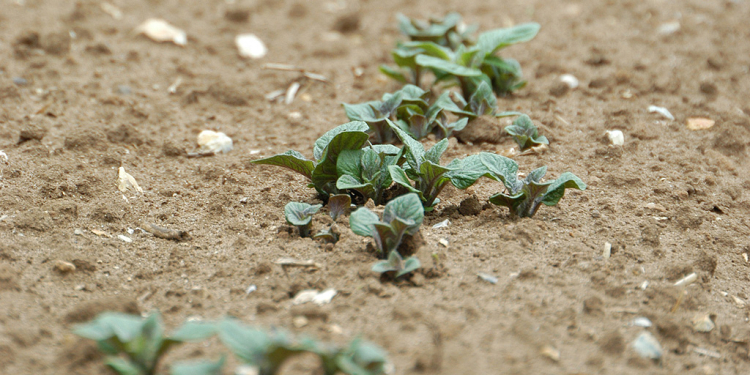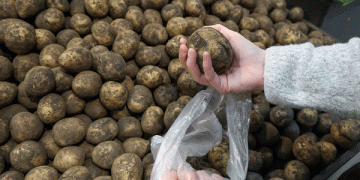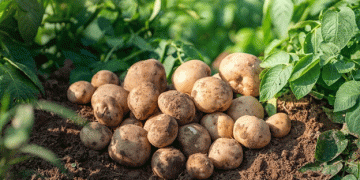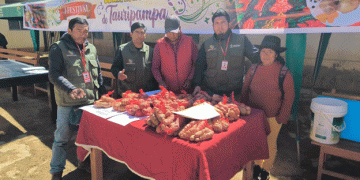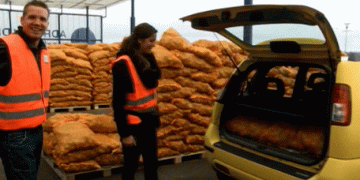A new protocol for estimating the determinacy of potato varieties will be released in the next few months and will be added to the AHDB Nutrient Management Guide (RB209).
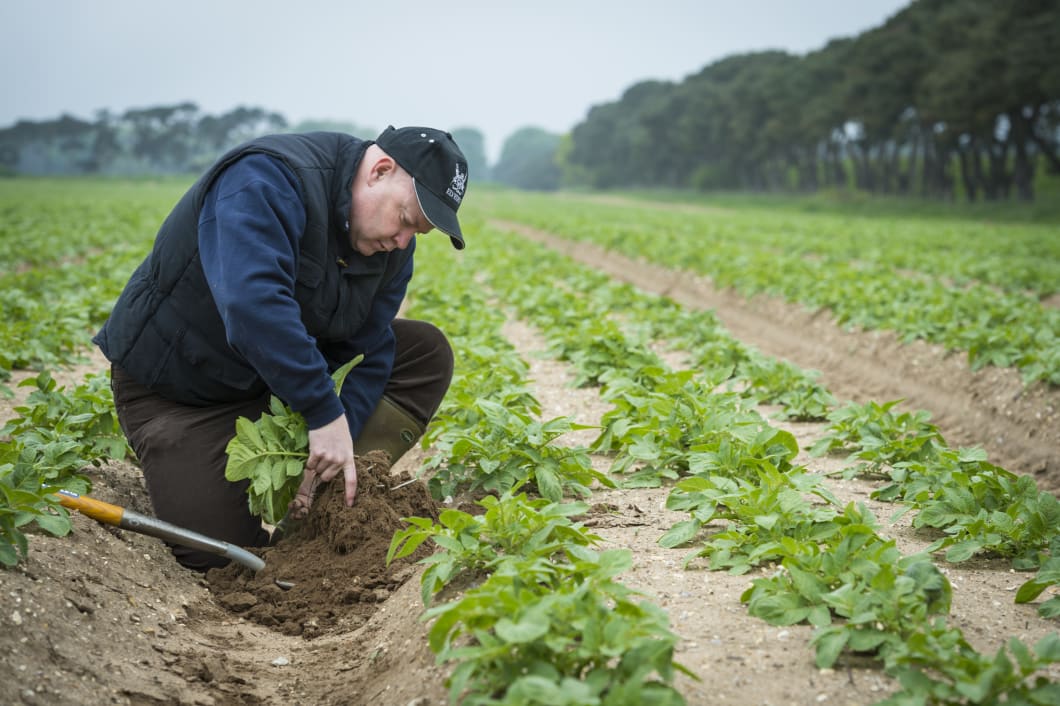
How will the new protocol benefit the industry?
- The protocol will help breeders and those involved in variety development, save time and money when producing nitrogen recommendations for new varieties
- Growers and agronomists will gain more accurate nitrogen/determinacy groupings for both new and existing cultivars, and therefore improve the N rates applied to their crop
Potato determinacy – what is it and why is it relevant for plant nutrition?
A key component of nitrogen fertiliser recommendations as used in the AHDB Nutrient Management Guide (RB209), is the nitrogen (determinacy) group.
These are based on four groups: Group 1 (very determinate) through to Group 4 (very indeterminate):
- Potato varieties such as Accord, Estima and Innovator are part of Group 1 as they cease leaf production after the first (or indeed second or third flowers) but when compared with indeterminate varieties, they will produce fewer leaves
- Varieties classified as group 4 determinacy, for example Cara, Markies and Royal, continue to produce leaves and flowers until they are curtailed by shorter days and frost
“It is essential to know the grouping of your variety, in order to calculate the correct nitrogen recommendations,” said Alice Sin, AHDB Resource Management Scientist.
The new protocol
Research conducted by AHDB and NIAB, with the help of Greenvale AP and Cygnet PB, has resulted in a new protocol for estimating determinacy. The determinacy of the potato varieties was studied using the following four methods: plant ground cover, main axis nodes and harvest index measure both fresh and dry weight. The current approach is to count main-axis nodes on the potato plant since this method is robust, quick, cheap and non-destructive. By combining the four methods, highly reliable data has been obtained.
Previous methods determining N rates for different varieties groups relied on carrying out several costly nitrogen response experiments. As a result, many varieties could have been misallocated, resulting in applying more or less N than needed.
Alice Sin said: “Some of the previous N rates groupings were based on opinion and casual field observation, we are delighted to now publish a protocol which is evidence-based as it will offer a great help to the whole industry.”
These updated groupings, including newer varieties from the top 50 varieties grown in GB, will be incorporated in the 2021 revision of the AHDB Nutrient Management Guide (RB209) Section 5.
Trials by Meijer Seed Potato Ltd
The protocol is currently being trialled by Meijer Seed Potato Ltd, and it will be published on the AHDB website in the coming months. Max Tärneberg, Meijer International Product Manager, said: “We are in a useful position for this project because we have multiple trial sites across the UK with plots containing our entire variety portfolio.
This year we are going to include the node counting methodology alongside our normal assessments in line with the new protocol. We already have a good understanding of the N groupings of all but our very newest varieties, which will help us in calibrating this new system. If we find it to be accurate against our current understanding, then this could have huge implications for how we successfully market newer varieties. We could have an N grouping for a variety before it even gets a name!”
Max Tärneberg recognises the need of the new protocol for the potato industry:
“In a broader industry sense, this could bring the N groupings of many varieties right up to date, if more accurate N recommendations are more readily available for our industry, then we could be looking at significant savings”.
To support the industry further the new protocol will be included in the training courses provided by Artis and will also be discussed during workshops which will be organised at AHDB’s Strategic Potato Farms (Spot) this year. This will include Scotland’s new SPot farm, seed potato supplier, Milton of Mathers farm, situated in St Cyrus, Montrose.

